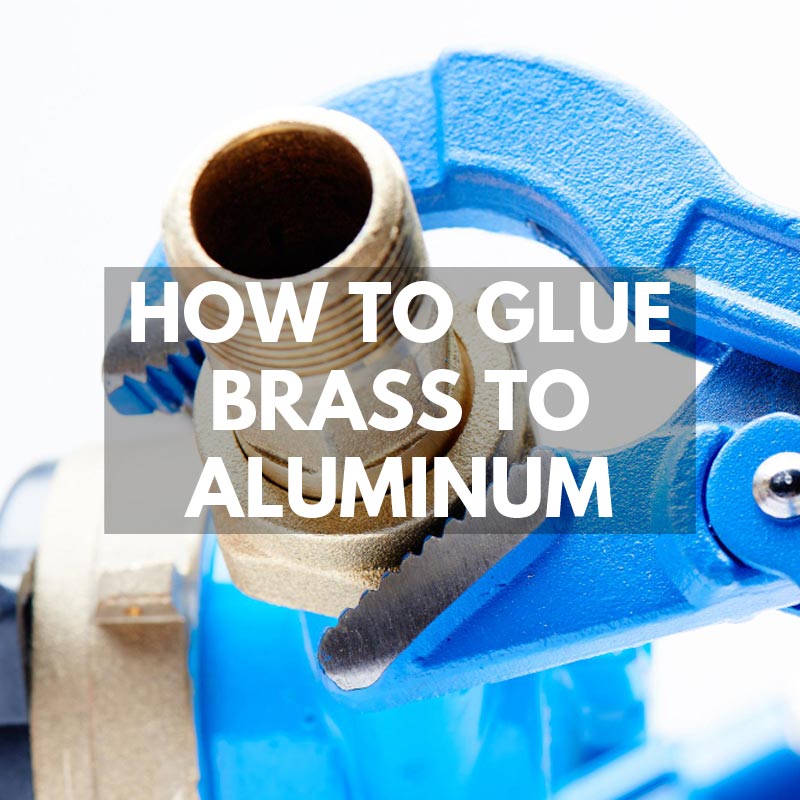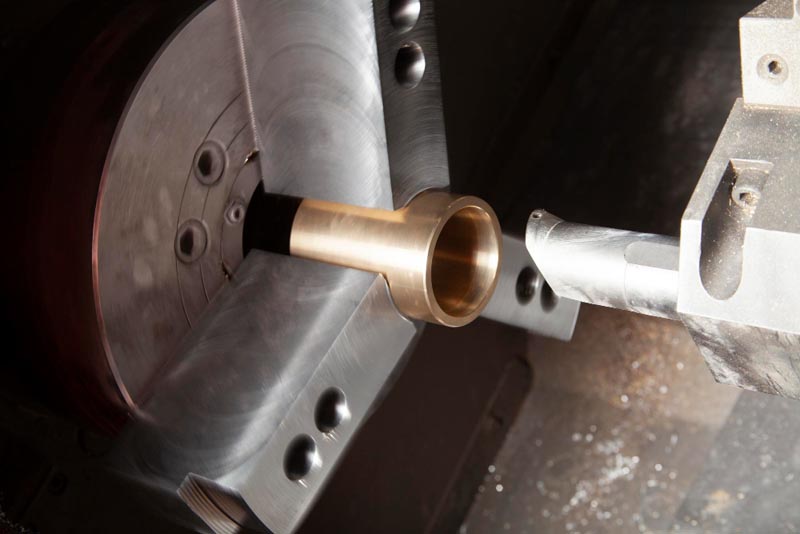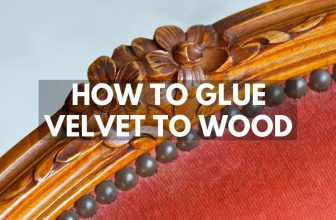
How to Glue Brass to Aluminum
Are you trying to figure out how to glue brass to aluminum? Using glue can be an essential component for your metalworking projects, particularly if you are making jewelry, toys, or tools where welding, bolts, or pins is not feasible. Fortunately, there are many types of glue on the market that tout the ability to glue brass to aluminum, with super glues, epoxy, and polyurethane glues being recommended depending on the project.
Knowing how to glue brass to aluminum and which glues to use for what applications, the following guide will help you to figure out how to navigate this sticky situation.
Which Glue Should You Use for Brass and Aluminum?
Here are three of the best glues to use for brass to aluminum or aluminum to brass:
Epoxy
Epoxy glues come in two parts, an epoxy resin and a hardener. Depending on the type of epoxy you use, it can be heat or chemical-resistant, which may have greater applications if you are trying to glue automotive or other mechanical pieces together. Epoxy glues are strong curing and long-lasting. The most frequent application for using epoxy glues to bond brass to aluminum is for making or repairing costume jewelry.
Cyanoacrylate
Cyanoacrylate, also known as superglue, is a very popular method for bonding brass to aluminum. The main advantage of superglues is that they cure very quickly, though they are not as strong as other adhesives and are better used for spot bonding small pieces or used extensively throughout an application for additional adhesion.
Polyurethane
Polyurethane glues offer the benefits of UV protection, resistance to fading/discoloring as well as being water resistant. Polyurethane glues are recommended for metal bonding projects, including brass to aluminum, that will be in a high moisture environment or located outdoors.
Other Glues
Acrylic-based adhesives can also be used with an application similar to epoxy adhesives, as some require a water-based applicator to activate the adhesive process. Silicone based glues can also be used, with an application similar to applying caulk and a similar bonding type that maintains some degree of flexibility during the adhesion process. Anaerobic adhesives can also be used, particularly if they are being used to reinforce a bolt or screw when applied to the threads.
How to Prepare Brass and Aluminum Before Gluing
For any bonding project that involves aluminum, it’s important to ensure that any oxidation that may have occurred on the surface is removed prior to any application. Using acetone or isopropanol as a solvent to wipe away any oxidation buildup and sandblasting or sandpaper to smooth out any oxidized crevices can ensure that any adhesive is applied to the metal itself and not the oxidized layer.
With brass, the major concern is any surface accumulation of oils or solvents that might interfere with the bonding process. Using a high-strength soap can generally remove any oils, grease, or dust, with the sanding of any oxidation sufficient to completely prepare the brass for any adhesives.
How to Apply Glue to Brass and Aluminum
Once you’ve properly cleaned the surface of the metals you’re trying to bond, the application will be dependent on the type of adhesive you’re trying to use. For epoxy and acrylic glues with two parts, squeeze out an approximate value of the first part (Ex. epoxy resin) into a non-reusable container or dish, then apply an equal amount of the hardener and mix the two thoroughly. Then, you can apply the mixture to the surface of the metals you are bonding and adhere one to the other.
With super glue, silicone, or polyurethane, you can just squeeze the glue onto the specific location and adhere it to the pieces you’re trying to connect.

How to Cure Brass to Aluminum with Glue
Curing times will depend on what type of glue you are using. Generally speaking, with the exception of anaerobic adhesives, you should make sure that there is adequate airflow to facilitate curing times. With the exception of polyurethane glues, you should not expose the bond to too much moisture until it dries (polyurethane requires some humidity for proper curing).
For epoxy glues, curing times average roughly 1-2 hours, though it can be faster or slower depending on the ambient temperature and humidity (higher temperatures and lower humidity equal faster drying times). Full curing does not occur until after 24 hours.
For polyurethane glues, full curing will not be complete until 24 hours after application.
Superglues offer the fastest curing times, taking as long as a couple of minutes depending on the size of the objects being glued and the amount of glue applied. However, super glues will also need at least 24 hours to ensure proper curing of the bond.
Silicone adhesives have the longest curing time, taking as little as 24 days but on average 2-3 depending on the thickness of the adhesive when it was applied.
Anaerobic adhesives typically take approximately 24 hours to achieve full curing, with short applications of heat over 120 degrees celsius helping to speed drying and curing time.
With epoxy and polyurethane adhesives, or with any pieces that are cumbersome, heavier or prone to being moved during drying, clamps are recommended to ensure proper adhesion. As with any gluing application, make sure to not use the glued materials until after it has properly dried and cured in order to ensure proper adhesion.
Conclusion
When it comes to gluing brass to aluminum, the answer is that you have a bunch of options! Generally, epoxy glues are recommended as the best all-around adhesive for gluing brass to aluminum based on drying/ curing time, bond strength and durability. However, polyurethane bonds allow exposure to moisture where epoxy adhesives may fail, and super glues offer faster drying times and localized strength. Knowing how your project will be used, what strength you need for the bond and how long it should last will help to determine what glue to choose.
Always remember that surface preparation and proper curing time are essential to proper gluing. Whether you choose these glues or silicone or anaerobic adhesives to glue brass and aluminum, just know there’s a glue for you that will keep you and your project together.
We hope you found all the answers you were looking for in this guide on how to glue brass to aluminum. Get in touch if you think we missed something or have a specific question about the types of glue we recommend on alloy and brass.











